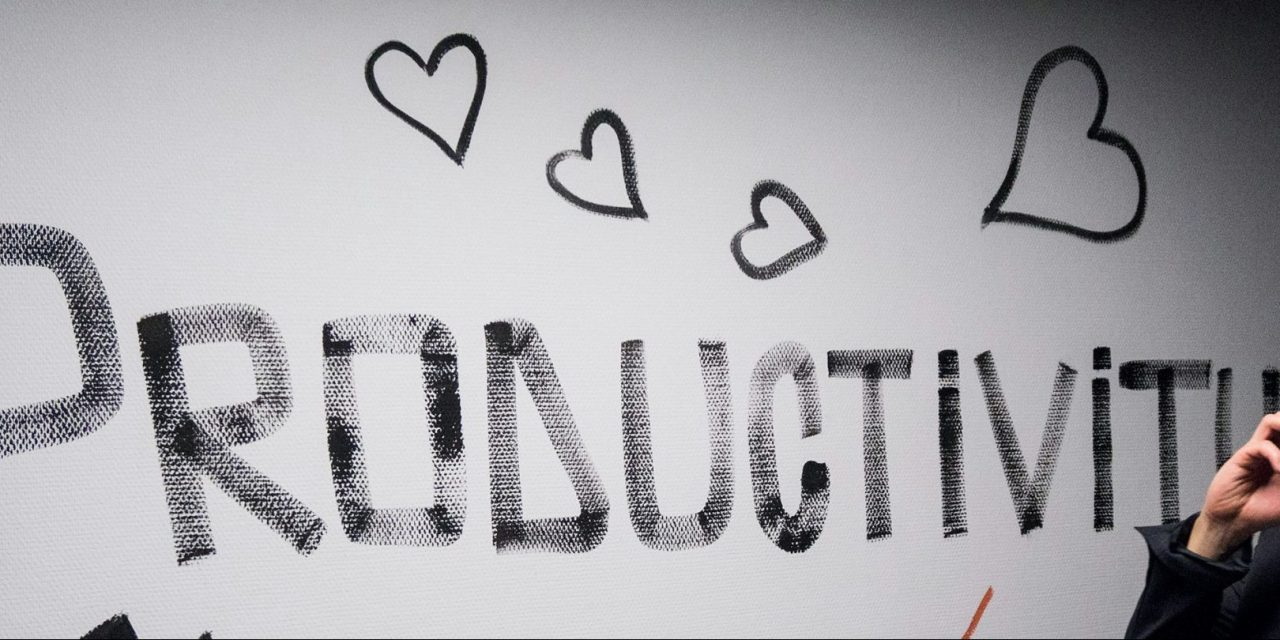It is British to Queue
Although it is often listed as a British habit, standing in line is common worldwide.
Allocating work to Robots and people through the use of queues provides one mechanism to handle interaction with automations.
A standard solution design is for a “Discovery” process to find work by examining folders, email inboxes, web searches or database searches. Once the work is found, it can generate items into queues for robots and people according to various criteria.
This task separation approach works well for many business processes.
Working Together – Hands-Off
Designing solutions with “People in the Loop” is an important element for overall success.
For example, if the Robot encounters an issue, passing the task to a person to review, amend and execute can be an effective process.
UiPath provides an “Action Center” application to deliver an interface for viewing documents, for allocating tasks, etc. which becomes the bridge between Robot actions and actions by a person.
This separated but co-ordinated activity can be described as “Hands-Off”.
Working Together – Hand-in Hand
Another type of automation is where the robot works “Hand in Hand” with a person. Directly interacting in real time, which in the Microsoft AI world is getting called “Co-Pilot”.
With this style, the person “waits” for the Robot and the Robot “waits” for the person. This is usually labelled as “Attend” automation.
An “Attended” Robot executes on the same machine as the user. The user initiates the automation, depending on the tasks being undertaken by the Robot the question is whether the user can undertake other activity in parallel or if the user needs to wait for the automation to finish.
For the right type of task this can work well, but people often want to move the mouse, or click, if the Robot is taking more than a few seconds to respond. Such actions can disrupt the Robot.
Working Together – Extra Pair of Hands
When the scenario is a person really just needs an “Extra Pair of Hands”, so that they can get a task performed by a Robot while they work on other things.
A couple of options are available. The queue type approach already described and a “Local Assistant” option.
The “Local Assistant” option uses a Windows feature to provide isolation for the Robot activities, it is called Picture in Picture (PiP).
PiP capability offers isolation for the Robot activity. A user can operate the keyboard and mouse without impacting the Robot.
The Robot can communicate with the person by sending messages to the main session and receive the response to the message.
This operation allows the Robot to work as an “Extra pair of hands” getting tasks done for the user but without constraining their activities.
Selecting the right approach
To get the most benefit from the use of automation with software Robots it is essential to select the right approach to way people will interact the Robots. Planning for co-operation will usually deliver the best result.
Article Author
David Martin
Managing Director, Ether Solutions
https://www.ether-solutions.co.uk/







